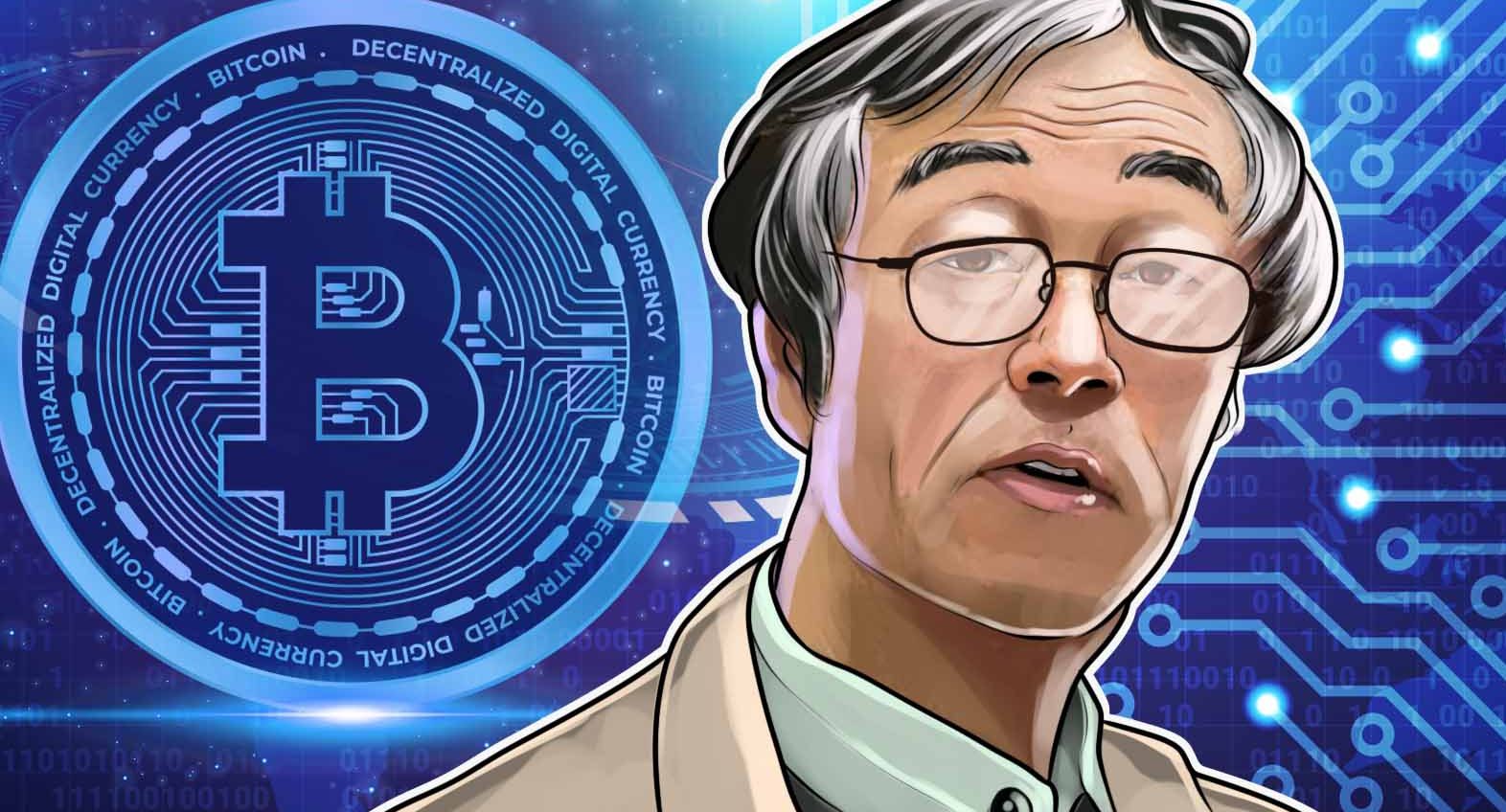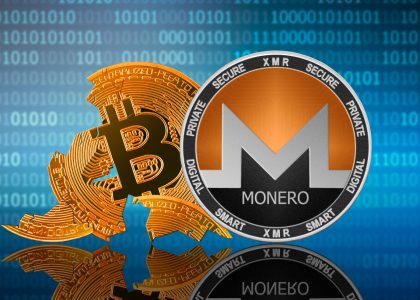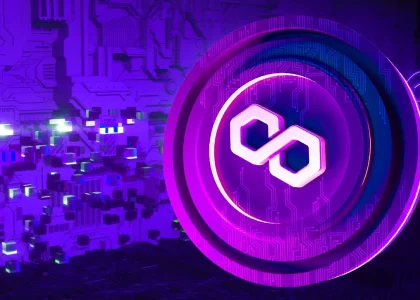The philosophy of blockchain technology is concerned with, among other things, its ontology, how it might be characterized, how it is created, implemented and adopted, how it works and how it evolves over time. Can bitcoin/blockchain be considered a complex system, and if so, is it a chaotic one? Beyond mere academic curiosity, a positive answer would raise concerns about the likelihood of bitcoin/blockchain entering a chaotic 2010-Flash-Crash regime, with catastrophic consequences for the financial systems based on it.
Starting with the dot.com bubble of 1990, advances in information technology have provided the context for an unprecedented rise (and fall) of various digital currencies, including e-gold, e-Bullion, Liberty Reserve, Pecunix and more, their main attraction being the permission for instant transactions and transfer of ownership without borders. This concept also includes “fictitious” virtual currencies used only in the context of specific virtual communities, such as gold in the game World of Warcraft and Linden Dollars in Second Life, or points in credit card loyalty programs and those that runs frequently. More recently, we are witnessing a wave of cryptocurrencies, digital currencies that use cryptographic protocols and algorithms to secure their transactions and the creation of additional units, such as Bitcoin, created by a person under the mysterious Japanese pseudonym of Satoshi Nakamoto (2008), by by far the best known.

More than just another new alternative financial unit, Bitcoin’s real uniqueness lies in providing a system for electronic transactions that is not based on trust. Instead of a centralized, secure third-party ledger, be it a bank, credit card company, or even a quasi-bank like PayPal, this feature provides free access to a verified copy of the block chain, the blockchain. representing all transactions over time, but not including any hackable personal identifiers.
Even more remarkably, in addition to supporting this “new form of money”, by combining BitTorrent peer-to-peer file sharing with public key cryptography, blockchain technology can also be used to record virtually anything that can be expressed in code : birth and death certificates, marriage licenses, property deeds and titles, financial accounts, medical records, votes, food provenance and so on. Right now, a governance 2.0 initiative is using blockchain to allow refugees in Europe to create digital identities that can be used to cryptographically prove their existence, who their families are, and receive and spend money without bank accounts. This last point naturally raises issues such as cryptography, cyber security and money laundering. Moving beyond currency, which can be understood as a “Blockchain 1.0” level, and contracts, as a “Blockchain 2.0”, Swan foresees a “Blockchain 3.0” stage where blockchain technology is applied to other areas such as health, science , literacy, culture and art.
On the other hand, we are already witnessing an increase in smart “things” – physical or virtual objects embedded with electronics, software, sensors and Internet connectivity. Furthermore, this “Internet of Things” (IoT) is beginning to evolve by gathering knowledge from their interactions with other Internet-connected “things” and people, eventually being called the “Internet of Everything.” Consequently, Tapscott and Tapscott argue that the Internet of Everything needs a Ledger of Everything, and business, commerce, and the economy need a Digital Reckoning (2016), similar to Swan’s vision of a “connected world of computing” based on cryptography blockchain.
All these possibilities suggest a new world to which we must make sense, a task in which Philosophy could help us by providing a conceptual framework for how to make sense of it.





